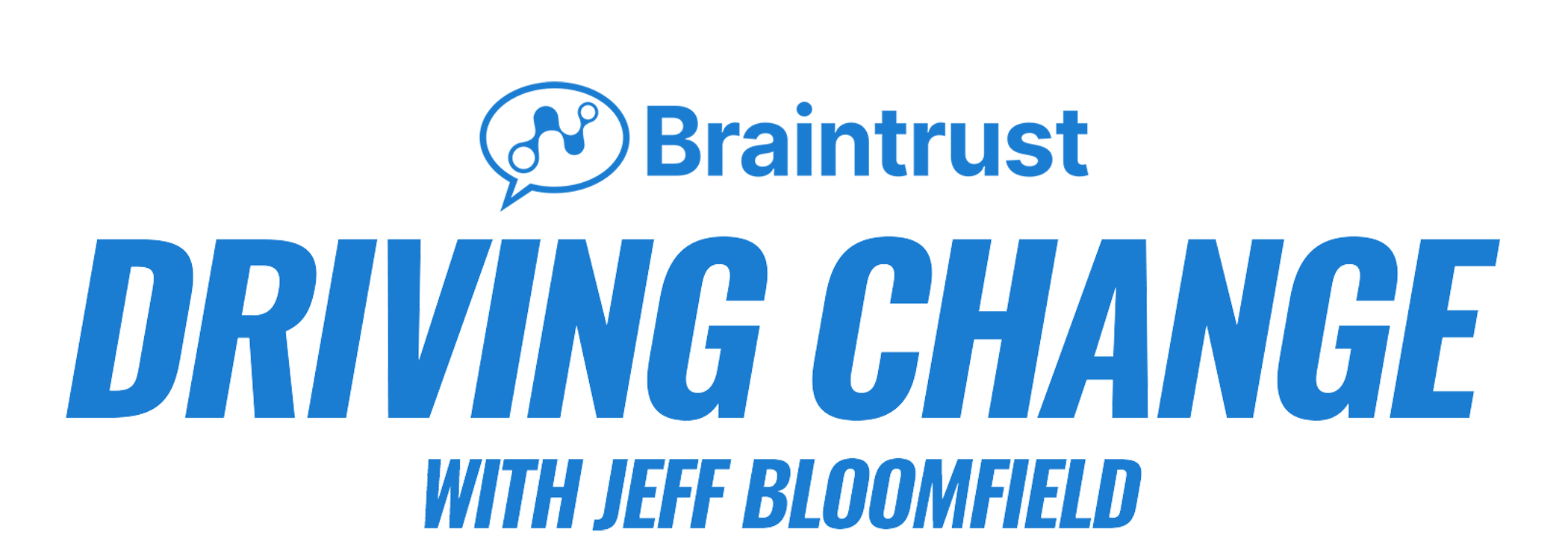I remember years ago driving home to Ohio with my family after a beautiful vacation in Hilton Head, SC. The music was playing, the windows were down, everyone had their nice bronze tan, and we were cruising along as we entered the mountain phase of the trip. Suddenly, I look up and there it was ahead of us – orange barrels, brake lights, and slowing traffic. As we quickly dropped from 70 mph to a crawl, I went directly into problem-solving mode. I asked my wife to reach into the glove box and pull out the map (this was the 90’s and we didn’t have in-car navigation as of yet). I vividly remember us being detoured through Gatlinburg, TN which added hours to the trip and needless to say, stirred up all kinds of strong emotions. Looking back, it wasn’t the detour that aggravated me, it was being caught unaware and then having no control over the outcome.
How many times have you been in a conversation with a customer and everything feels like it is going well when all of a sudden, emotions start taking over and the next thing you know, things have gone off-course? When this happens, it is analogous to suddenly being stopped in traffic by the dreaded orange barrels that we encounter every summer.
If my trip back from Hilton Head were today, technologies like Waze would have provided us with options even before we came to the construction. Wouldn’t it be great if our human brain was programmed in a way that we could avoid the orange barrel’s in our customer conversations before we get to a point where a barrier or objection actually stops us? The Waze app (now owned by Google) says it right in their tag line – “Outsmarting Traffic, Together.” Let’s discuss how to outsmart those barriers together!
In our CEO, Jeff Bloomfield’s new book, NeuroSelling®, he reminds us that to reduce change barriers is to understand that our customers’ objections are rooted in emotions to their problems and their historical anchor points. As professional communicators, it is our job to maximize three critical levers in reducing or eliminating these barriers.
- Reset the Anchor Points
- Reduce the Risk
- Reestablish the Value
Removing change barriers is meant to reduce emotions and therefore it shows your customers that you, your product, and your service can help overcome these barriers. Your customers are constantly evaluating risk and value. Jeff uses the following formula in his book.
Barrier = Risk>Value
Change = Value>Risk
Let’s head back to our vacation trip and our non-Waze decision-making. I followed everyone else because:
- I was already in it and eventually, it would get me where I want to go, I hoped…
- I wasn’t sure if I had any other options and,
- the risk of going a route I didn’t know was not worth it based on previous experience
Your customers are feeling the same way with the problems they are facing. In our customer conversations, we are the “Waze” application! There is no technology that can program us out of removing barriers for our customers, so we have to prepare an alternate route that will not only get them where they want to go but remove the risk and amplify the reward. For more information, check out NeuroSelling®, which is now available on Amazon here.
Mastering the Coaching Conversation
Hey coaches, how do you support your team members in removing their barriers (orange barrels) that stand in front of them on a daily basis? The great news is the formula remains the same. It is our job as coaches and leaders to help remove some of the emotion behind barriers to change. How often in our conversations with our team do we actually add emotion to the situation or try to force in a solution when our team member isn’t ready for it? Just like customers, our team members are processing risk and value.
Next time your team members have a barrier, help them do the following:
- Identify the barrier
- Identify the emotion
- Identify the perception of risk vs. perception of value
- Use information from prior conversations to alleviate concerns

